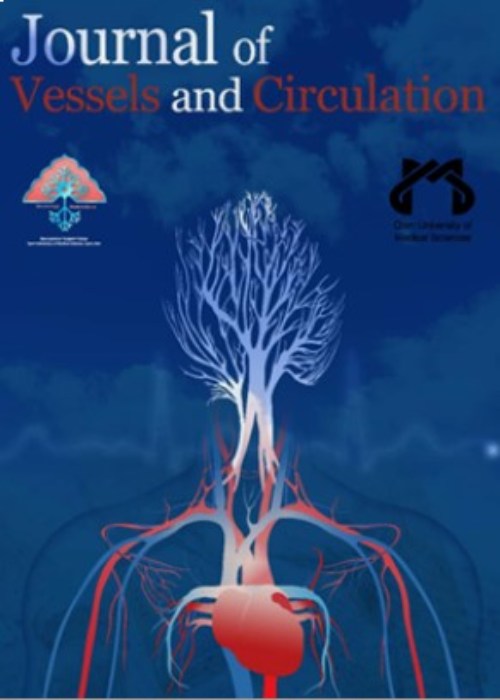Comparing the Complications of Peripherally Inserted Central Venous Catheters and Peripheral Intravenous Catheters in Neonates With Less Than 1250 g Birth Weight in Izadi Hospital, Qom Province, Iran
One of the critical differences between outpatient and inpatient treatment is to have appropriate vascular access. Hospitalization usually begins with a venipuncture. Considering the lack of documented and sufficient studies in this field, the present study was designed to determine the difference between peripherally inserted central venous catheters (PICCs) and peripheral intravenous (PIV) in terms of complications during hospitalization, such as sepsis and other possible complications caused by venipuncture.
In this cross-sectional-analytical study, the files of patients and neonates with less than 1250 g birth weight who had PICC or PIV were examined based on the inclusion criteria. Confounding variables, such as birth weight, gestational age, the need for resuscitation, birth Apgar score, premature rupture of membranes (PROM) >18 hours, method of delivery, leukopenia at birth, positive C-reactive protein (CRP) on admission, and positive culture at admission were assessed.
Death rate due to infection, pneumothorax, need for patent ductus arteriosus (PDA) treatment, positive blood culture, C-reactive protein (CRP) >6 mg/dL, the need for antifungal treatment, the need for intravenous immunoglobulin (IVIG) prescription due to malaise, the prevalence of respiratory diseases, such as pneumonia and arrhythmia, tamponade, vein rupture, and chemical burns caused by the release of drugs showed no significant difference in the PICC and PIV groups; however, the rate of surfactant administration and referral for the cause of retinopathy of prematurity (ROP) was significantly higher in the PICC group, which seems logical considering the lower birth age and lower weight of this group.
The lack of significant difference in many variables (especially the lack of significant difference in the rate of infection) in the two groups indicates that PICC, despite being a central catheter with easy insertion, does not increase the risk of infection compared to conventional venipuncture, and considering the rest aspects, it can be considered as a reliable and low-risk method to access the central vessels.
- حق عضویت دریافتی صرف حمایت از نشریات عضو و نگهداری، تکمیل و توسعه مگیران میشود.
- پرداخت حق اشتراک و دانلود مقالات اجازه بازنشر آن در سایر رسانههای چاپی و دیجیتال را به کاربر نمیدهد.


